Preventing JADC2 From Becoming 'Sad C2'
U.S. Air Force leaders charged with testing and evaluating Joint All-Domain Command and Control, or JADC2, capabilities and the Air Force’s Air Battle Management System, or ABMS, are seeing firsthand the limitations of the U.S. military’s concept for Joint All-Domain Operations. It is a powerful and lofty goal to achieve the concept of connecting every sensor to every shooter across all the services in all warfighting domains—sea, air, land, space and cyberspace—to give an advantage in a near-peer adversarial fight. The concept will not progress, however, until the military addresses some of the higher-level issues such as data management, aging command and control (C2) and a lack of investment into new C2 capabilities and the C2 workforce.
Well-established military constructs also are standing in the way of JADC2 advancements, such as command responsibility issues and stove-piped experimentation, reported Col. Frederick Coleman, USAF, commander, 505th Command and Control Wing, Hurlburt Field, Florida, and Lt. Col. John Ohlund, USAF, commander, 805th Combat Training Squadron, Nellis Air Force Base, Nevada. One of the 505th’s squadrons, the 805th, is also called the Shadow Operations Center-Nellis (ShOC-N) and is the Air Force’s organization that supports the development of key emerging technologies and capabilities. ShOC-N is the designated battle lab for ABMS, the Air Force’s service contribution to JADC2, as well as the Joint Chiefs of Staff’s designation to be the service’s JADC2 battle lab.
One of the core problems affecting JADC2 is that the military has not made C2 a high-level priority. “Command and control is one of seven joint functions,” Col. Coleman explained. “It is one of the five core Air Force missions, but it is the only core Air Force mission that doesn’t have NAF [Numbered Air Force] or a major command or a champion, like Air Superiority, Rapid Global Mobility, Global Strike. They all have organizations, headquarters and offices led by two- or three-star general officers. And C2 doesn’t. We treat it often like a public good, like it’s just going to happen. We assume it’ll be there or that anybody can do it. And I think we’re falling short there. We say it’s a critical joint function, we say it’s a core mission, but we’re certainly not organized to advance or accelerate command and control today.”
The present organizational efforts have the services separately creating JADC2 capabilities from their distinct warfighting perspectives—and they are all different activities, not one joint solution.
“The services are still invested in it, and we see that on a daily basis when we start talking about data sharing, but as of today JADC2 doesn’t exist,” Col. Ohlund said. “It’s a concept and anything we can do to connect a sensor to shooter faster is going to be great, but it’s still ‘sad C2.’ It is just really sad. And sad C2 is service all-domain C2. It is, ‘I’m the Army. I’m running Project Convergence. You, Air Force, and you, Navy, figure out how to connect to me,’ or ‘Hi guys. I’m the Air Force. I have ABMS. I’m running my service on the main command and control and you, Army, you, Navy and Marine Corps, you figure out how to connect with me.’”
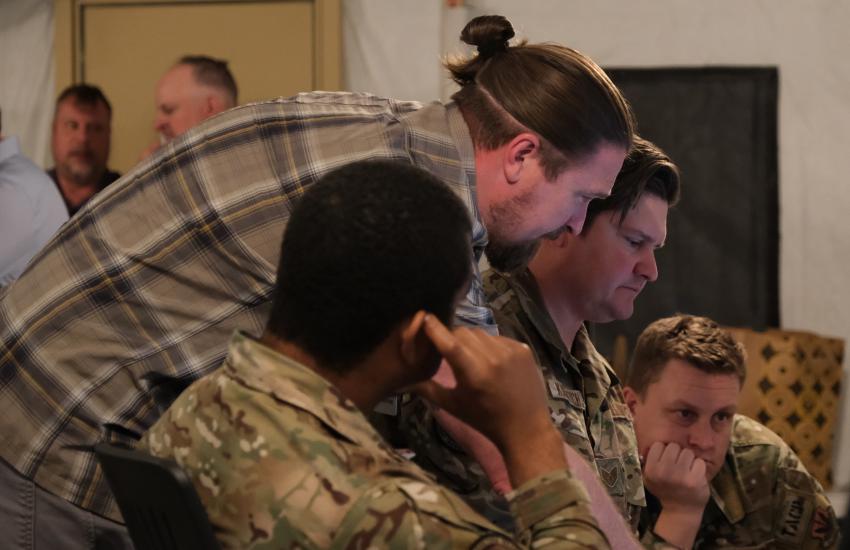

Another organizational impediment is the command aspect of C2, with a stove-piped command responsibility structure standing in the way, Col. Coleman ventured.
“I would actually argue that we do Joint All-Domain Operations every day and we’re actually pretty good at it,” Col. Coleman stated. “I think we undersell ourselves a little bit. Today, we’re coordinating, we’re collaborating, we’re communicating and we’re sometimes just deconflicting from joint and coalition partners, and we do it very well. What we don’t do though, is we don’t assume command responsibility for other services’ weapon systems. And I think that’s where Joint All-Domain Operations kind of starts, where it’s not just the Air Force deconflicting fires with the Army or coordinating fires with the Navy but to assume command responsibility over other services weapon systems. This requires a change and not just in doctrine and TTPs [tactics, techniques and proceedures]. It really requires a change in the law, it really requires a change in the unified command plan, and it requires different authorities.”
Notably, the Joint Staff has backed away from hosting joint JADC2 experimentation for the time being. The Air Force itself has not conducted an ABMS experiment since U.S. Air Forces in Europe and Africa last conducted its scaled-down, self-funded endeavor in Europe in March 2021—the service’s fourth JADC2 experiment, Col. Ohlund said. The service also canceled plans for an Indo-Pacific theater-planned JADC2 experiment scheduled for late 2021.
“The Joint Staff has really pivoted away from sponsoring JADC2 events,” he confirmed. “And the services, with Project Convergence, Project Overmatch and the ABMS, they are doing their own thing with regards to figuring out the service-level problems. Within the Air Force, we can’t even connect our own sensors to our own shooters…. [same] with the Army, [same] with the Navy. As a joint service, I think each one of the respective JADC2 efforts are trying to figure out their own services’ challenges and then come together.”
Col. Coleman suggested that exercises to advance JADC2 concepts need to put in place specific joint command responsibility structures, and that experimentation with the U.S. combatant commands may be the best initial chance of success.
“The way we exercise today for the most part is that the Air Force conducts Air Force exercises, the Army conducts Army exercises and the Navy conducts Navy exercises, and often we do invite each other out, but I think to truly exercise and train in all-domain command and control, we need to do more joint-sponsored exercises. There’s probably a great opportunity to do more of those through the combatant commands…. because then you’d have the authorities vested in a combatant commander who can force that integration.”
The military must also step up its investment in C2 capabilities and technologies designed for a near-peer environment. “I don’t think I’m going out on a limb too far in saying that our ability to command and control in the Air Force has atrophied over the past few decades,” Col. Coleman continued. “I’d argue that our C2 ability probably climaxed somewhere in the early 2000s, late 1990s. Today, we essentially have a second-generation C2 enterprise to support a fifth-generation fighter force, and that’s a problem against a peer adversary. We certainly are in need of new systems that have higher mission capability rates, that are able to penetrate degraded and contested environments, that are able to communicate with each other to share data and have data that can be accessed from anywhere.”
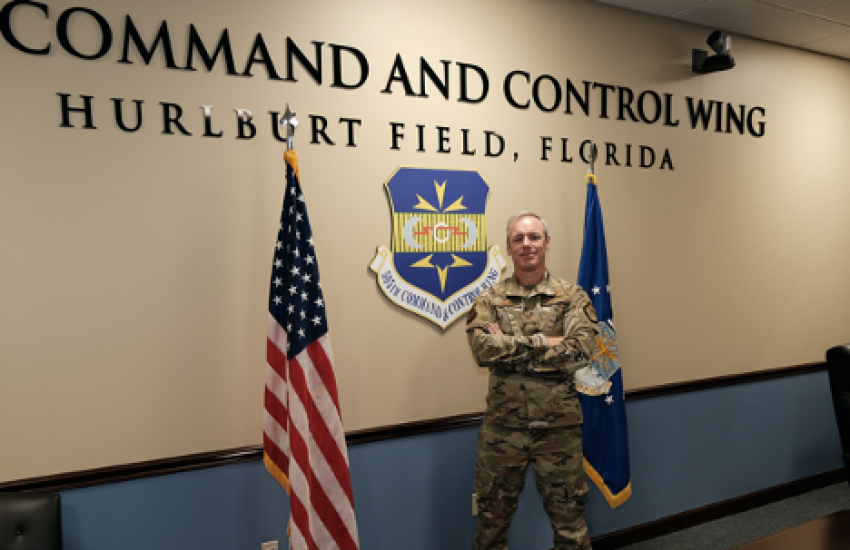
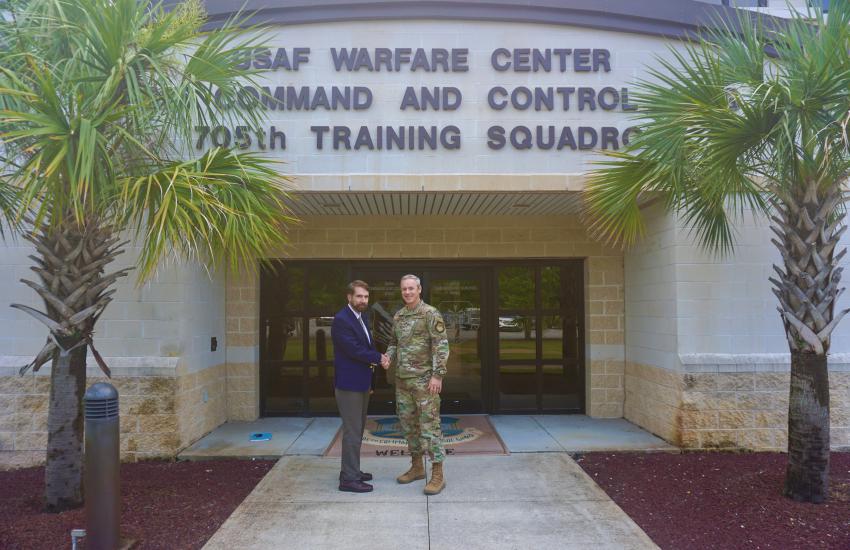
Next, the military should improve its workforce capabilities when it comes to C2, and intentionally train and develop warfighters to understand command and control, the wing commander noted. “It is about how we arrange activities in that battle space and how we make sure that our forces are meeting the commander’s intent,” he said. “It is a learned skill that requires training, exercises, experience and expertise that we have to invest in.”
Moreover, the services are still mired in legacy methods regarding data in all aspects. “There’s the five terms that go along with data—ontology, format, classifying, labeling and tagging—and the DoD still has a challenge with all of that,” Col. Ohlund said. “For this particular facility [at Nellis] I can give you the metrics, like how much data we are processing in a second, how much we are processing a minute, how much we are storing in an hour or a day. But the majority of the data that we are processing isn’t labeled. And then there is the actual tagging of the data so that the machines can read it, but the majority of the data that we currently process here at the ShOC-N is not tagged. We are aware of it and we’re working with the right Air Force and joint partners on trying to accomplish some of these challenges.”
Col. Ohlund is hopeful that the new Chief Digital and Artificial Intelligence Office, set up in June in the Office of the Secretary of Defense, can make headway toward a joint solution. “When we talk about data exchanging data and making machines read data, I think that the Office of the Secretary of Defense’s CDAO, they already see that the services have different algorithms and different machine reading ontologies and different storage and that we’re still going to have a standardization problem amongst the services,” he said. “We need a road map and a marriage of all the services with respect to making our data readable. I think that’s the next biggest challenge.”
On a bright note, and after a year of effort, the ShOC-N was able to create its first persistent data connection with the Army’s Combined Joint Standing Integration Lab at Aberdeen, Maryland. To allow experimentation, ShOC-N connected to closed-loop networks—called DREN and BLCSE—that resemble Secure Internet Protocol Router Network connections and operational data from combatant and major commands. The established persistent connection with the Army enables the organizations to move away from the arduous, legacy, episodic method of connecting networks and data. The effort came out of the Army Air Force Warfighting talks in 2020, an agreement of high-level leaders to share data.
“Just a couple weeks ago, we established a new pipe, a new data connection with DREN and BLCSE,” the ShOC-N commander stated in July. “We have the goal to be online with the Army by August. We are connected to them, but we want to exchange data with them. Then the ShOC-N can put Air Force ‘water’ in the pipe. However, the Army can’t ‘drink’ it because it is in the wrong format. So, we need translators, which is not the right solution by the way.”
Col. Ohlund hopes the Air Force/Army connective efforts will be boosted by a rapid airspace deconfliction tool that The Defense Advanced Research Projects Agency (DARPA) is advancing called the Air Space Total Awareness for Rapid Tactical Execution program, which aims to automate how the Army’s and the Air Force’s systems exchange conflict data in the planning and execution phases of warfighting.
“If we can get these two Army and Air Force systems to automate their data, so that way the computer can sense conflicts and then propose to the operators some solutions that’s going to make future C2 operators that much faster,” he said. “With DREN and BLCSE, we’ll have increased our volume of Army partners and that will allow us to increase those data sharing opportunities. DARPA is in the nascent stages of the program and it’s a low technology readiness level. And we are setting up to host Air Force equities in December. We recently just started the conference concept development with what the Air Force wants the ShOC-N to do around data and instrumentation related because those are the two things that the ShOC-N has in our bailiwick to start eating away on. And it’s a huge elephant.”
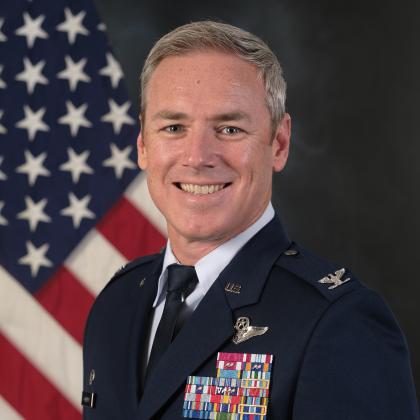
Command and control (C2) is one of the five core Air Force missions, but it is the only core Air Force mission that doesn’t have NAF [Numbered Air Force] or a major command or a champion, like Air Superiority, Rapid Global Mobility, Global Strike. They all have organizations, headquarters and offices led by two- or three-star general officers. And C2 doesn’t. We treat it often like a public good, like it’s just going to happen. We assume it’ll be there or that anybody can do it. And I think we’re falling short there.
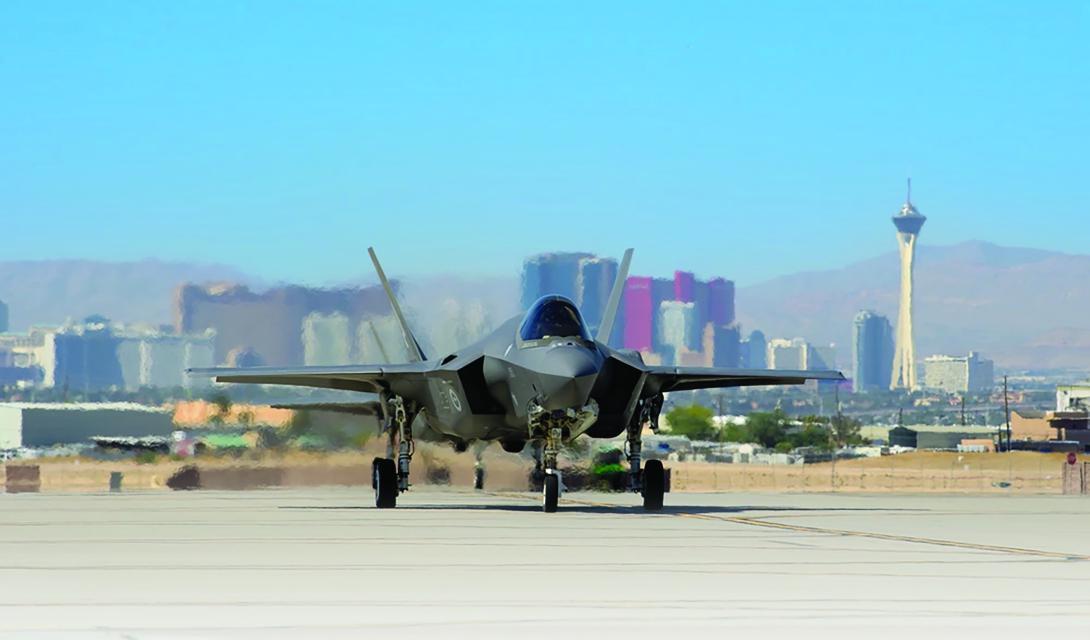




Comments